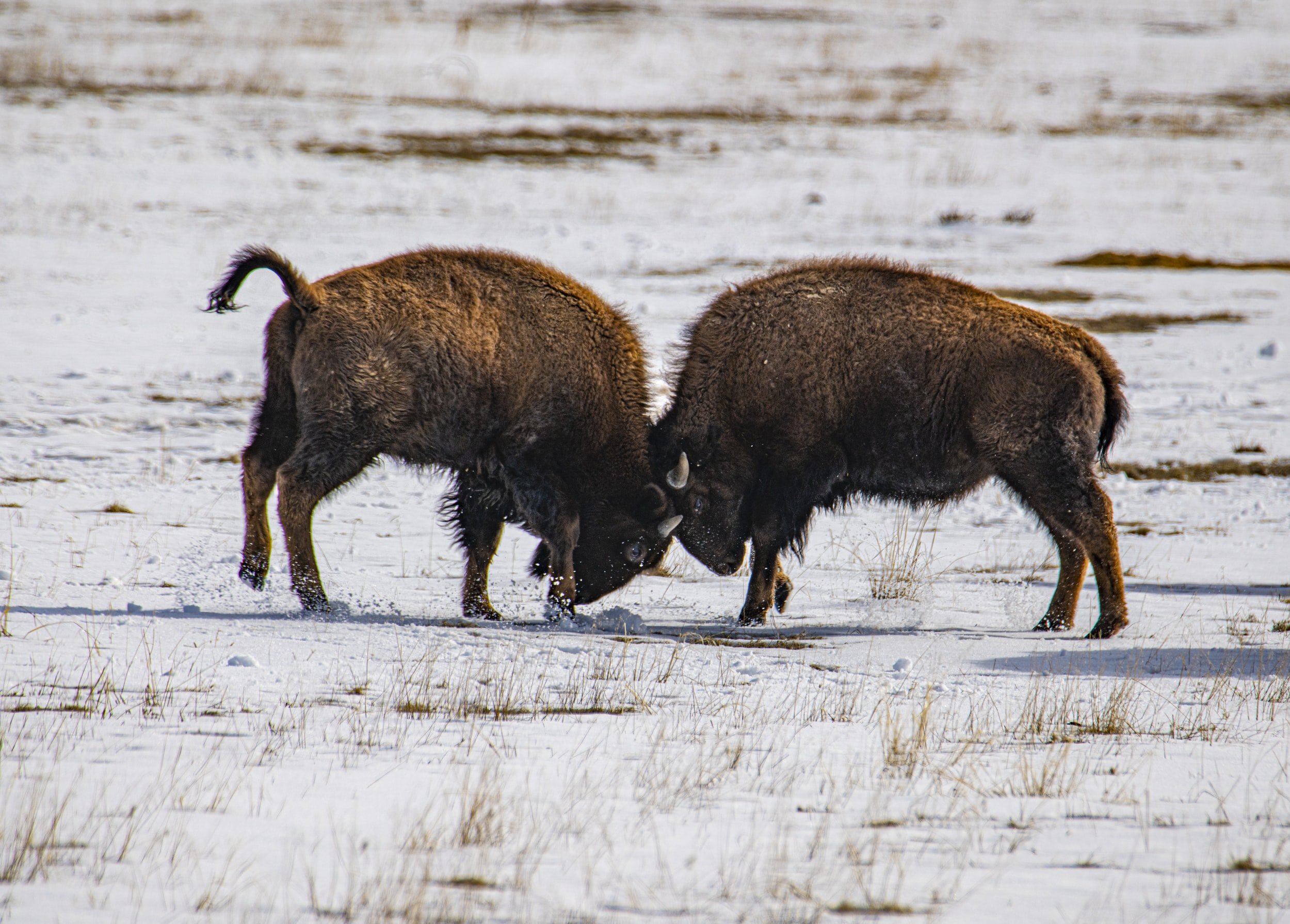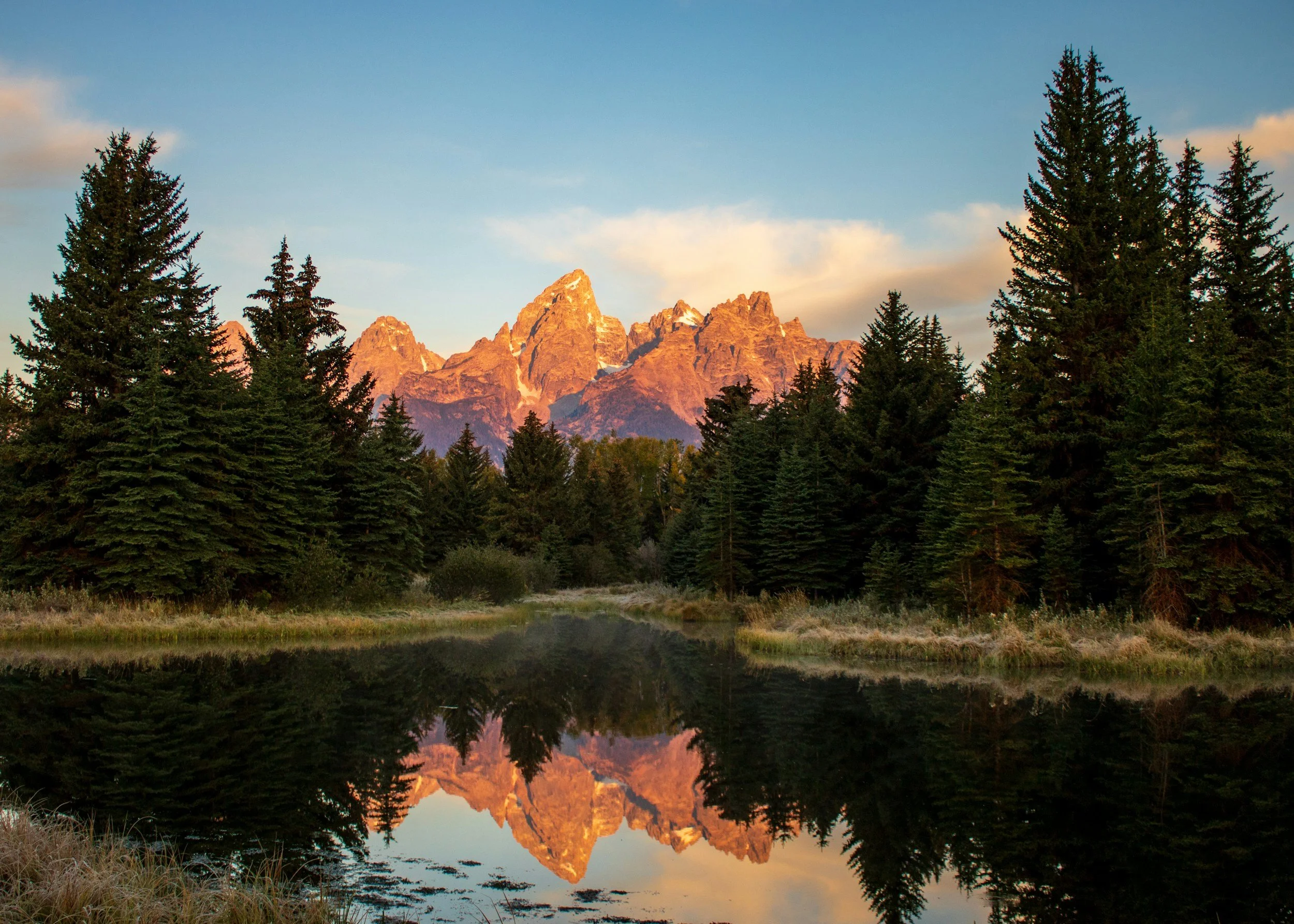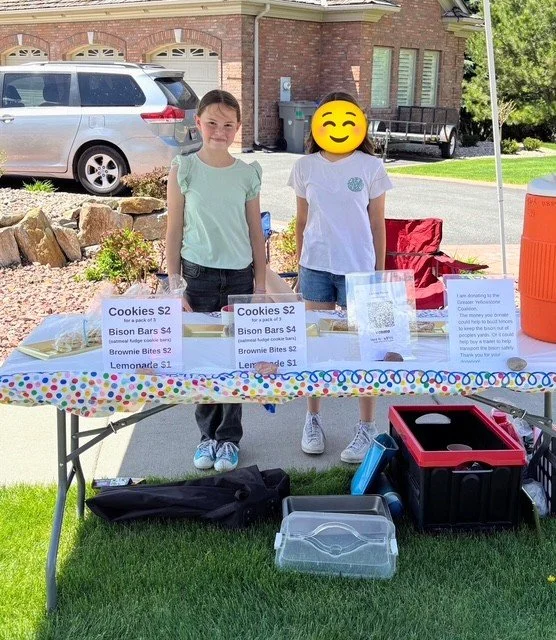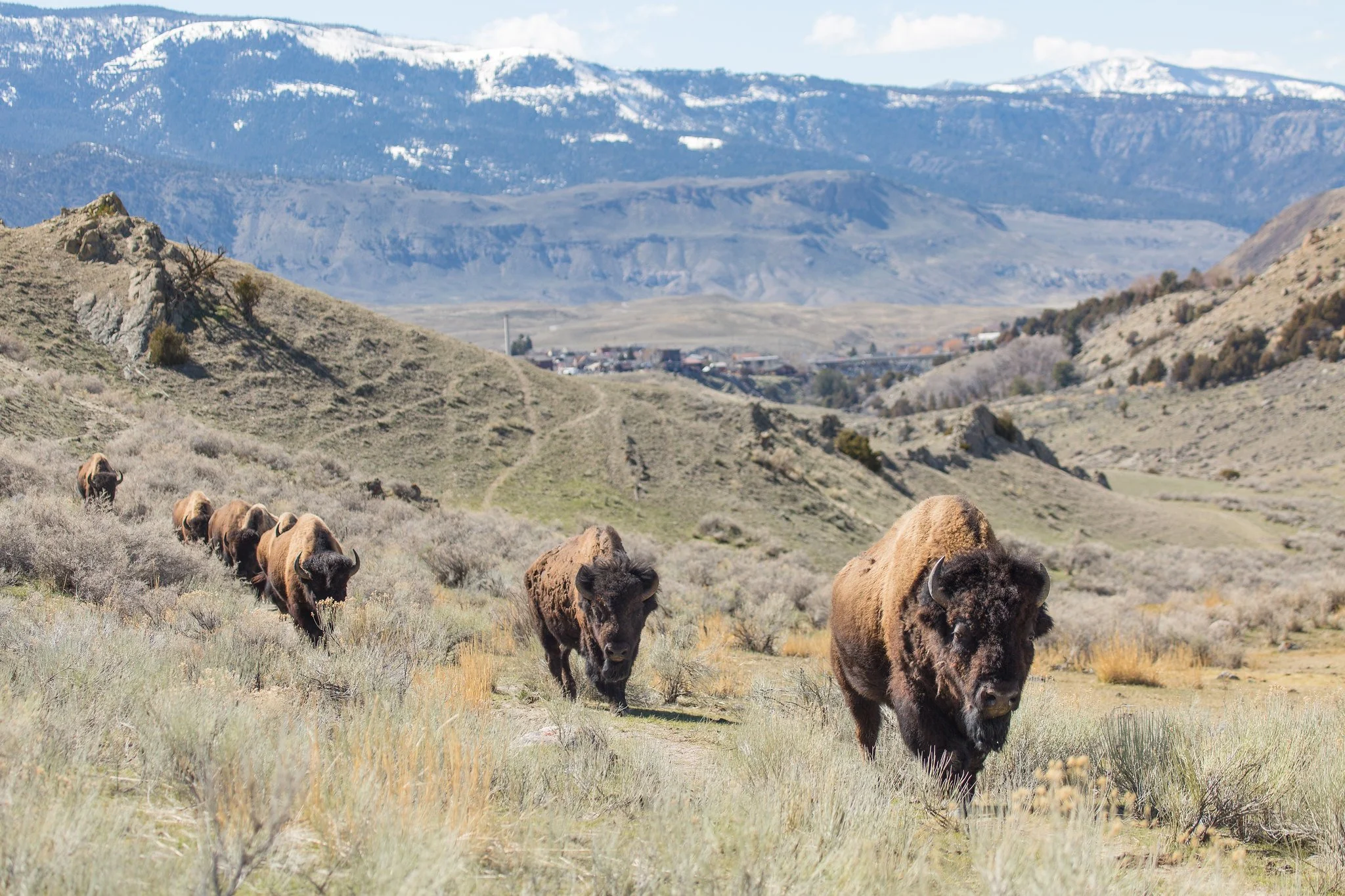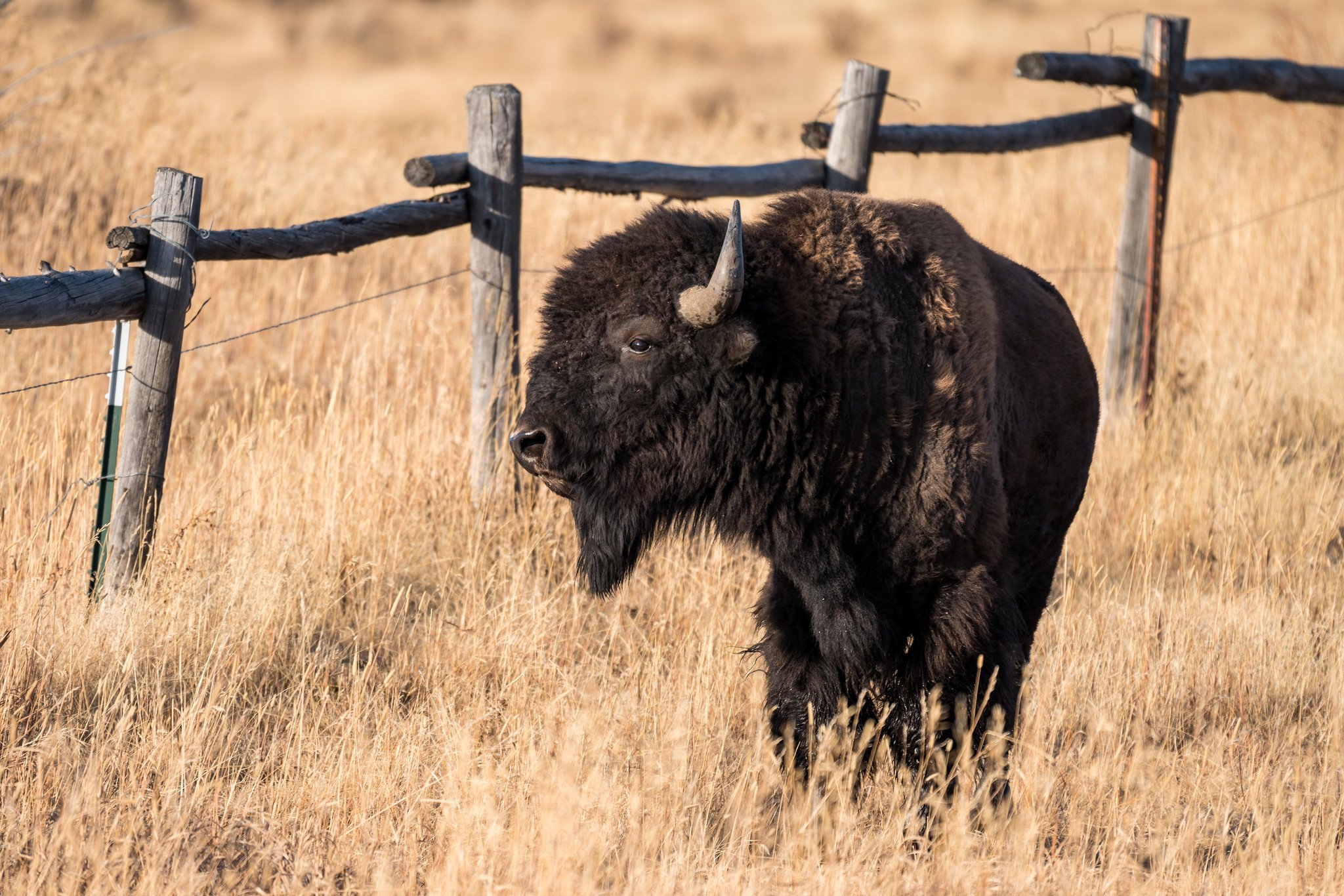
Promoting Yellowstone Bison Coexistence
An Icon of the American West
Historic notions of the American West evoke images of vast herds of wild bison, sustaining and living in a dynamic relationship with numerous Indigenous cultures, engineering the very landscape they inhabit, and contributing to the wellbeing of the ecosystem.
The roughly 5,000 bison living in Yellowstone today are descendants of just two dozen individuals that found refuge in the park’s rugged interior while European settlers and the American military systematically killed millions of bison through market hunting and with the intention of eliminating Tribes that depended on the species.
Decades of committed conservation work have brought wild Yellowstone bison back from the brink of extinction.
But wild bison are noticeably absent from the lands outside the park and inhabit a mere fragment of their once vast ancestral range. With a robust Yellowstone population instinctually driven to seek important winter habitat outside the park’s borders, wild bison are poised to return to their place on the landscape of Greater Yellowstone.
Lands Beyond Yellowstone
Unfortunately, there are still numerous barriers to restoration of wild bison across the Greater Yellowstone Ecosystem and beyond. Among the myriad threats wild bison face today is simply a lack of tolerance for the species on the landscape outside Yellowstone National Park. Bison are large, powerful animals. When they move through the communities outside the boundaries of the park, they can cause anxiety and property damage, which in turn reduces people’s tolerance for seeing bison restored more broadly across their native range.
The Greater Yellowstone Coalition is committed to overcoming these challenges and seeing wild bison return to the landscape beyond Yellowstone National Park.
Their unparalleled genetics, deep ties with Indigenous communities, and role as ecosystem engineers mean that the Greater Yellowstone Ecosystem is less healthy and whole in their absence.
The Yellowstone Bison Coexistence Program
Among our programs and partnerships aimed at restoring wild bison to Greater Yellowstone are efforts to promote coexistence between people and bison on the landscape immediately adjacent to Yellowstone National Park, where Bison Tolerance Zones have been established to provide bison with access to important winter habitat and calving grounds just outside Yellowstone.
At the heart of our efforts to build social tolerance is our work with the Yellowstone Bison Coexistence Program, which began in 2011 as a collaborative effort between the Greater Yellowstone Coalition, Defenders of Wildlife, Natural Resources Defense Council, and the Sierra Club in collaboration with Montana Fish, Wildlife & Parks. The goal of the program is to build tolerance for wild bison by helping landowners coexist with bison on the landscape outside Yellowstone.
Specifically, the program provides financial and technical assistance to build bison exclusion fences on private property to help prevent property damage by roaming bison. Through the program, participating landowners receive technical assistance and a 50 percent reimbursement – up to $1,500 – to construct fencing to keep bison out of areas such as gardens, landscaping, yards, playgrounds, or pastures, where they can potentially cause damage or come into conflict with people, pets, or livestock.
Since its inception, the program has completed over 55 fencing projects and distributed more than $50,000 in reimbursements and materials.
These efforts have significantly reduced reports of property damage and conflict between bison and landowners in the Gardiner and Hebgen basins, allowing residents to more fully enjoy living alongside these magnificent animals.
As bison return to portions of their historic range, simple solutions like putting up a fence can help prevent unnecessary conflicts and go a long way in helping communities accept these animals’ presence on the landscape. By alleviating the risks associated with having wild bison in close proximity to communities around the park, we can increase the amount of habitat available for bison and move the needle toward further restoration of the species.
More ways we’re protecting bison
